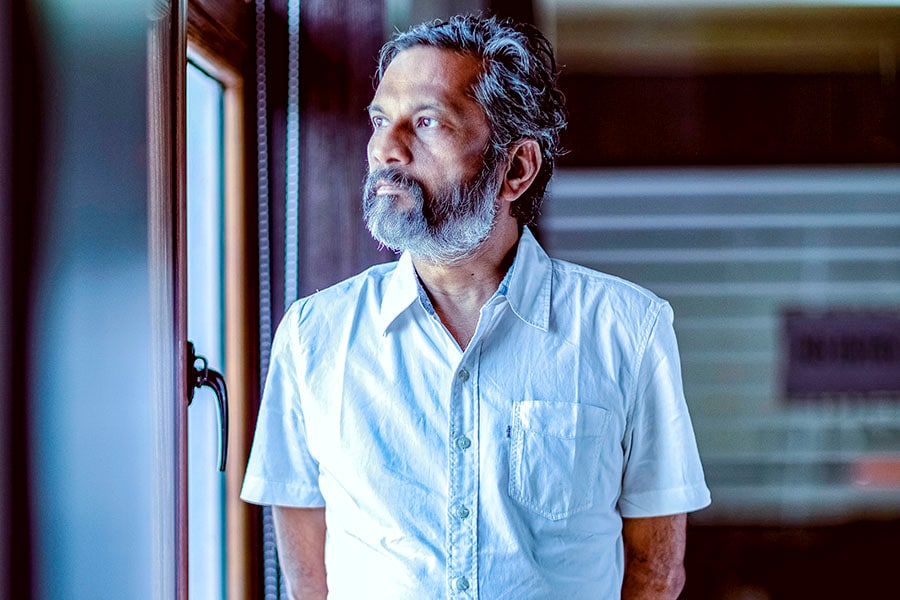India needs to invest in R&D to eventually create jobs: Sridhar Vembu
Each region in India needs growth engines to compete with global cities, says the Zoho founder
 Sridhar Vembu, founder and CEO, Zoho Corp.; Image Courtesy: Zoho
Sridhar Vembu, founder and CEO, Zoho Corp.; Image Courtesy: Zoho
Each region in India needs growth engines to compete with global cities, says the Zoho founder
 Sridhar Vembu, founder and CEO, Zoho Corp.; Image Courtesy: Zoho
Sridhar Vembu, founder and CEO, Zoho Corp.; Image Courtesy: Zoho